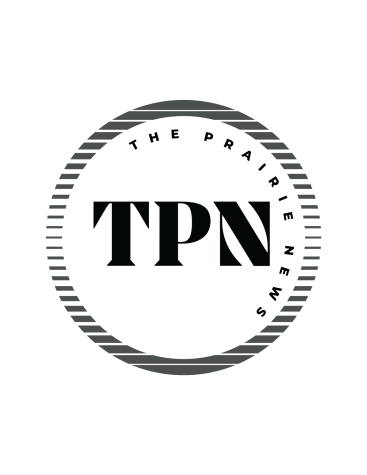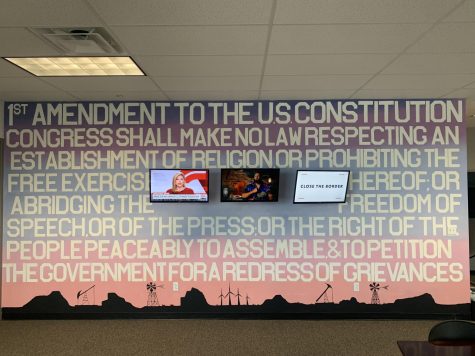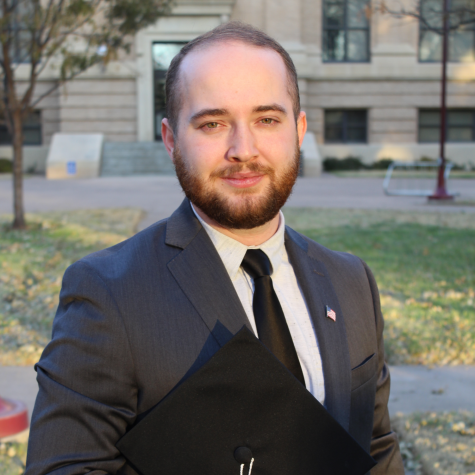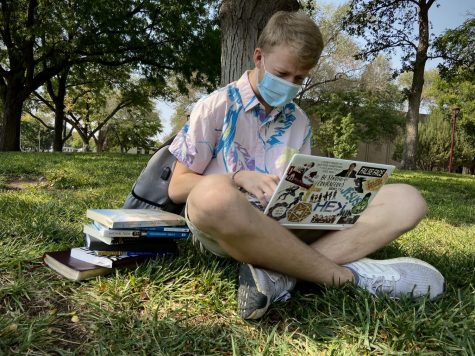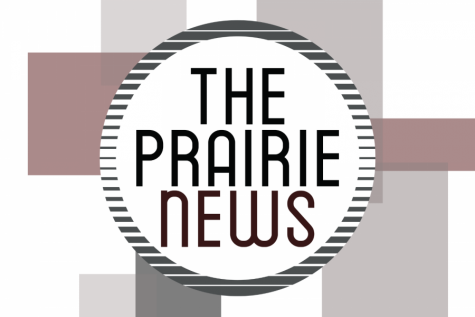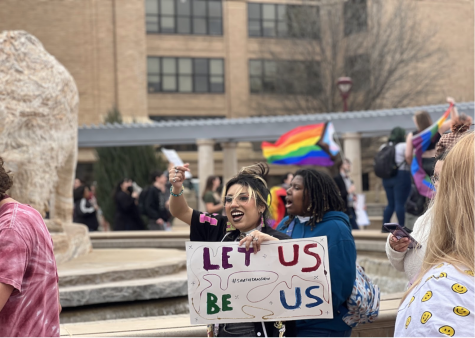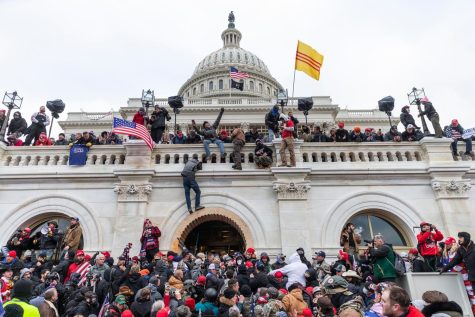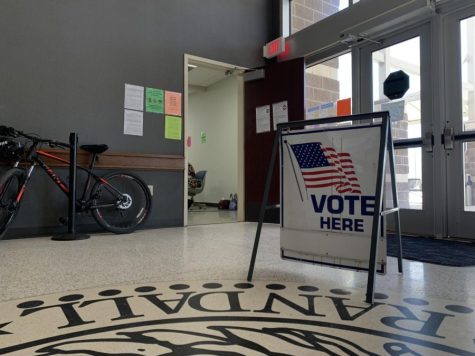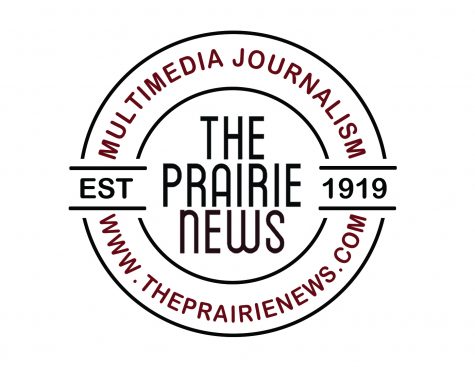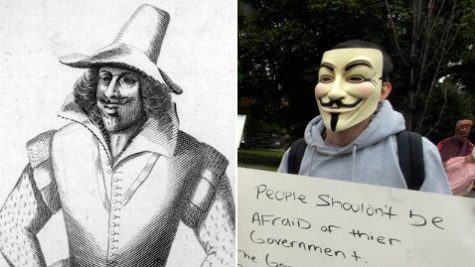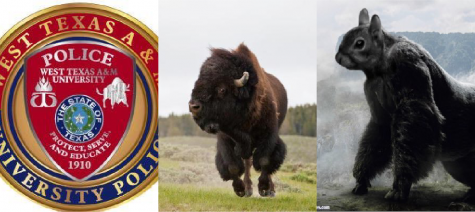Free Speech Zones
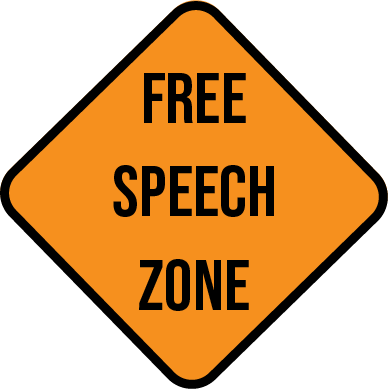
Interpretation of freedom of speech often leads people to think that they can say whatever, whenever, and wherever they want and however they want to. Contrary to that belief, there are limitations on where, when and how a person or group can protest or assemble.
Places where people can freely express their opinion are called free speech zones, First Amendment zones, free speech cages and protest zones. People are free to assemble and discuss what it is they are protesting about or advocating for in these areas. However, there are restrictions on free speech zones called time, place and manner restrictions.
According to the Merriam-Webster Dictionary, the time, place and manner restriction is the “a restriction on the time, place, or manner of expression that is justified when it is neutral as to content and serves a significant government interest and leaves open ample alternative channels of communication.”
Thefreedictionary.com explains that the “restrictions accommodate public convenience and promote order by regulating traffic flow, preserving property interests, conserving the environment, and protecting the administration of justice.” What this means for citizens and advocates is that if you wish to publicly voice your opinion or protest about a topic, this can only be done in places and during times that are convenient for the public and don’t interfere with the flow of traffic, both vehicular and pedestrian.
I ran into trouble searching for where free speech zones are on WTAMU’s campus and could not find any map or written explanation of where these spaces are. Talking to faculty and staff around campus led me to believe that certain areas of the Charles K. and Barbara Kerr Vaughan Pedestrian Mall are considered to be free speech zones. In the past, there have been protests outside of the Killgore Research Center across from Old Main and more recently near the west side of the Buffalo Fountain. It’s problematic to me that information of the locations of these free speech zones are not easily accessible.
Let’s say you want to interact with a protestor or advocate that you agree or don’t agree with on campus. If you agree with them, hang out with them and add points to their argument that can help them. If you disagree or come across someone who disagrees, do not interact with them because that will validate their argument. The best thing you can do in that situation is leave because if that person does not have an audience to listen to their message, then the message is not heard. Do not be vulgar with said person, do not insult them, do not call out individuals, just do not interact at all. If the protest causes classroom or workplace disruption, the University Police Department and Campus Security Authority can disband the protest.
The West Texas A&M University Code of Student Life states in their surprisingly short section about free speech and advocacy “As an institution of higher learning, WTAMU values free inquiry and free expression. The rights of campus speakers to speak and audiences to hear, free from undue disruption and interference, are constitutionally protected rights. When guests are invited to the University, they may express their ideas not only because they have a right to do so, but because members of the campus community have a right to hear, see and experience diverse intellectual and creative inquiry. Those within the campus community and those invited or permitted to speak or assemble on campus will be accommodated subject to the regulations regarding time, place and manner set out in the University rule/procedure on free speech and advocacy.”
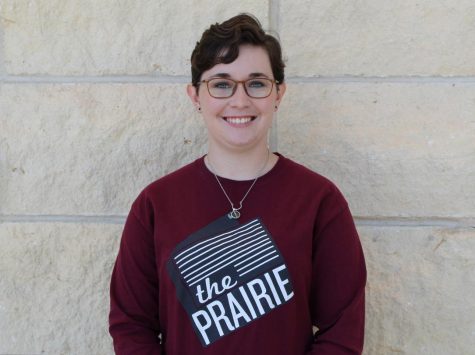
My name is Savannah Wesley and I am the Editor-in-Chief for The Prairie News. I am a broadcast journalism major and a senior from Tulia, Texas. I want...



